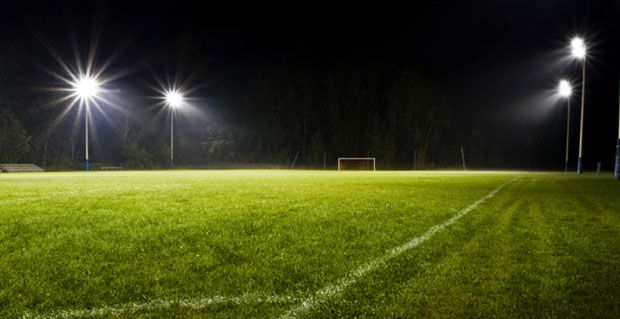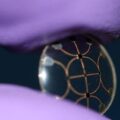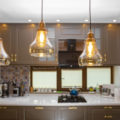Lighting technology has come a long way since the first football match played ‘with the assistance of the electric light’, as the local newspaper put it, in 1878.
Night-time events have been an essential component of the sporting calendar for more than half a century, and yet floodlight failure is still a problem. In June the t20 match between Glamorgan and Middlesex was delayed by twenty minutes when three floodlights failed. LED floodlights offer energy-saving benefits as well as being more durable than traditional metal halide and sodium varieties. They could help make sporting blackouts a thing of the past.
LED light bulbs are being used in increasingly inventive ways in showpiece stadiums around the world. The Beijing Olympic Basketball Stadium has an LED display system, while the city’s award-winning Watercube uses coloured LED light bulbs to dazzling effect.
The Cowboys Stadium in Dallas is the largest domed stadium in the world and the biggest NFL venue ever built, with a maximum capacity of 110,000. It benefits from an LED cove lighting system which offers a 50,000-hour lifespan. In other words, the lights could run continuously for more than five years.
The Cape Town Stadium hosted England’s poor showing against Algeria in the 2010 World Cup, which ended with Wayne Rooney’s outburst against his own fans. But there is nothing dismal about the stadium’s lighting. Known as Green Point during the construction, the stadium’s 432 LED luminaries trace a wave-like pattern around the ground. They provide high-quality white light which is uniform and consistent, meaning fans don’t have to put up with glare or distracting shadows. LED floodlights can save as much as 80% on electricity costs and help reduce carbon emissions. This energy efficiency makes the stadium Green Point by name, and green by nature!
In November 1997 floodlight failure caused the Premiership match between West Ham and Crystal Palace to be abandoned. This became a bigger story when it turned out the power had been deliberately tripped as part of a betting scam.
Standard sport floodlights need between 11 and 15 minutes to cool down and come back on following a loss of power. As LED light bulbs don’t give off any heat, they can light up almost instantaneously if there is a power failure. So don’t bet on LED floodlights failing any time soon!
Date: September 5, 2011
Tags: led sport
In June the t20 match between Glamorgan and Middlesex was delayed by twenty minutes when three floodlights failed.




